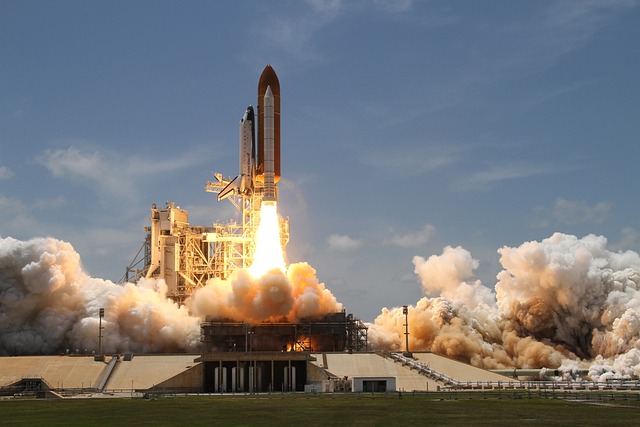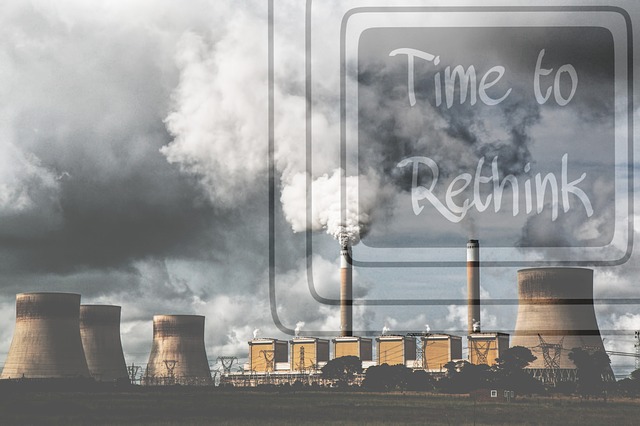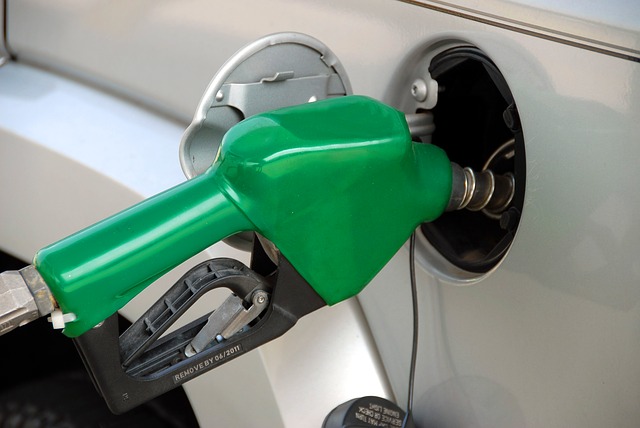Space Exploration and Environment:
The fascination with what lies beyond out atmosphere is as old as the advent of modern civilization. Modern technology and research has enabled humans to develop ways and formulas that has lead to space exploration. However, in the quest to find signs of life beyond our planetary boundaries we disregard what is happening to our environment on Earth.
Even though undoubtedly, space based technology like mapping satellites or GIS and other various probes/satellites orbiting the Earth have provided us with immense information about the Earth. Detailed knowledge of water and air cycles, forest and vegetation growth patterns as well as changes in geographic/land formations have been obtained using these technology. However, these benefits to Earth are offset by the extensive space exploration being proposed in the face of climate change in a bid for searching another habitable planet.
Related: Negative Impacts of Space Exploration on the Environment
Impacts Of Space Exploration On Environment:
The negative impacts of space exploration are:
1. Increased Carbon Dioxide Emissions:
The emissions generated during testing and then final launching of any space rocket or shuttle leads to a significant amount of carbon dioxide generation. One rocket launch needs about 440 tons of Kerosene. For comparison, regular one way plane flights on earth create around 1-3 tons of CO2 per passenger while simple rocket launches generate 50-75 tons of CO2 per passenger.
Also read: What is Carbon Sequestration? – Techniques and Importance
At the same time, it is no surprise that the energy needed to conduct a space flight against the gravitational pull of the Earth to send it out of the atmosphere requires a lot of fuel. This increased fuel usage and the resultant emissions- many of which are pollutants, can aggravate and accelerate climate change. Additionally, the fuel used in NASA spaceships and rockets is high in aluminum powder which releases aluminum oxide. This aluminum oxide can actually contribute to global warming by absorbing and trapping outgoing long wave radiation from the Earth causing solar radiation imbalance crucial for regulating earth’s temperature.
3. Ozone Depletion:
Many of these space rockets use fuel that is carbon based. Some also use chlorine based fuels in solid form which, upon combustion, release chlorine gas in the stratosphere where it deteriorates the Protective Ozone Layer responsible for protecting living things against UVA/UVB radiation. Check out, Environmental Impacts of Ozone Depletion due to CFCs (Chlorofluorocarbons) and how Ozone Layer is Recovering – An Environmental Success Story
4. Space Junk:
It refers to anything left in space after the rocket has left our atmosphere post exploration. However, another fact that is overlooked is when the rockets detach from the booster in the lower earth orbit. These boosters then either burn away in the atmosphere or in some cases it drops back to the earth and lands in the Atlantic ocean where it contributes to Water/Marine Pollution.
5. Particulate Matter Pollution:
These are released on rocket fuel combustion or even when space debris/boosters are burnt away in the atmosphere. When rockets, satellites etc. exiting and re-enter the Earth’s orbit they generate friction which may cause certain parts, metal coating or even paint to chip away. This contributes to PM pollution in addition to VOC’s, NOx, Carbon and Ozone depleting substances. Furthermore, the alumina deposits from shuttles or boosters after fuel is expended may also lead to further pollution.
Also read: Black Soot and Ash Deposits on Glaciers – Causes and Impacts and Blackening Glaciers of World -Carbon Black Deposition Impact
6. Carbon Footprint:
The various stages involved in space exploration involve raw material acquisition for building the rocket/space ships, assembly, production, manufacturing, welding, finishing, painting and testing before launch. All these steps and the companies involved leave behind a huge carbon footprint behind. For more info read: All You Need To Know About Carbon Footprint And Its Importance
7. HCL Production:
Sometimes instead of using aluminum powder, aluminum perchlorate is used which leads to the formation of hydrochloric acid in large quantities as a result of combustion. This HCL can then stay in the atmosphere and fall as rain where it can enter water ways and change the pH thereby effecting wildlife. Plants and other vegetation are also effected.
You might also like to read: Environmental Protection Vs. Economic Development Conflict
CONCLUSION:
Without a doubt space exploration has also benefited humankind in a myriad of ways. However, in the quest for finding life on other planets, we are destroying and further degrading the one we desperately need to save. The option of another planet that is fit for humans is not feasible for Earth’s population. There are a number of reasons to answer why; it is obvious that if such planet is found it would only be the rich and privileged people who would be able to ”leave” the planet seeking a cleaner environment which is ironic since the billionaires that fund these space exploration projects under the guise of ”sustainability and survival initiatives” are the ones majorly responsible for our current predicament of increased greenhouse gases and climate change.
If we spend even half the amount of energy and money on fixing the issues of our planet and its environment it would be much more better and practical for all of humanity rather than hoping that one day this pipedream of moving to another planet could be fulfilled.
Also check out, Ways To Reduce Global Warming and Stop Earth from Heating Up
I hope you all liked this post! Please comment below if you have any suggestions, comments, or feedback! We at #envpk love hearing from our readers! Thanks!




